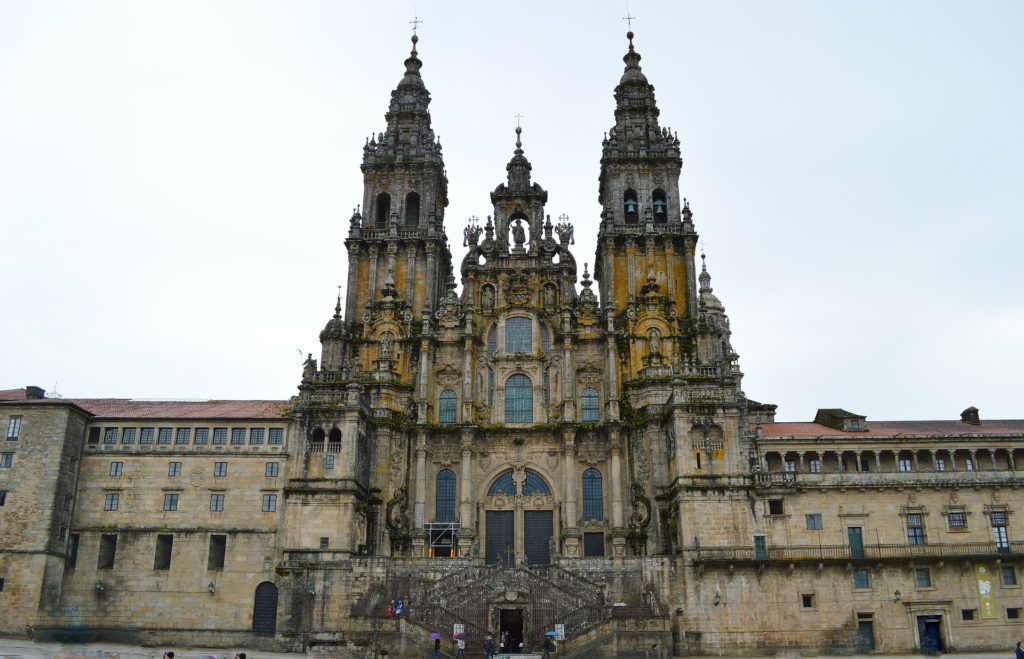Tour Through Europe


A tour through Europe: Matera 2019

A tour through Europe: Leeuwarden 2018

A tour through Europe: Avignon 2000

A tour through Europe: Brussels 2000

A tour through Europe: Santiago de Compostela 2000

A tour through Europe: Helsinki 2000

A tour through Europe: Krakow 2000

A tour through Europe: Bergen 2000

A tour through Europe: Rotterdam 2001

A tour through Europe: Bruges 2002
